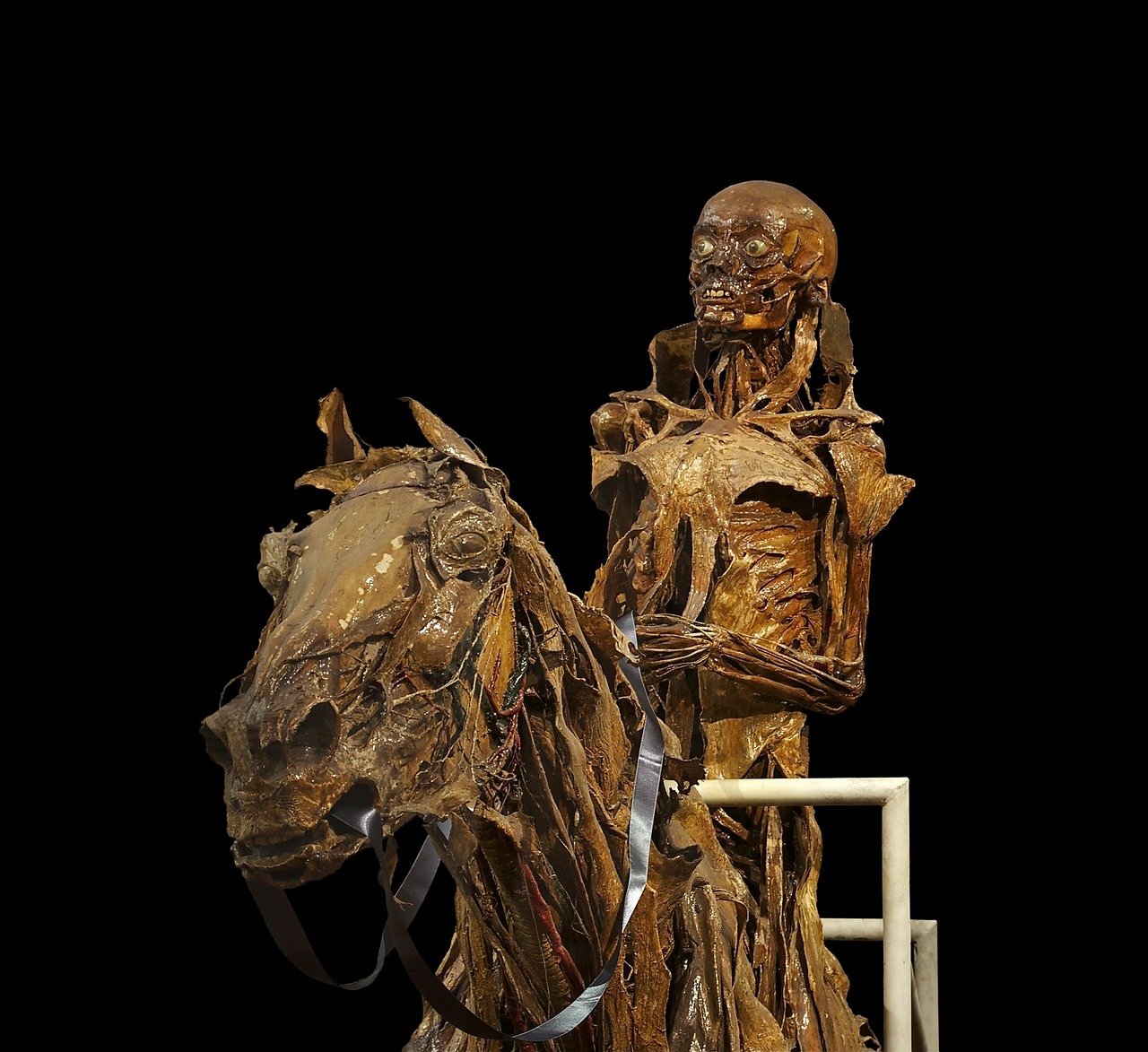
The asteroid that wiped off virtually all of the dinosaurs hit Earth in the spring. After examining thin sections, high-resolution synchrotron X-ray images, and carbon isotope records of the bones of fish that perished less than 60 minutes after the asteroid landed, an international team of researchers came to this conclusion. The team’s results are published in the journal Nature.
Researchers from Uppsala University in Sweden, Vrije Universiteit (VU) in Amsterdam, Vrije Universiteit (VUB) in Brussels (VUB), and the European Synchrotron Radiation Facility (ESRF) in France went to the Tanis locality in North Dakota (United States) to find fossilised paddlefishes and sturgeons that were direct victims of the so-called Chicxulub meteorite impact, which also marked the end of The collision shook the continental plate, causing large standing waves in nearby bodies of water. Less than an hour after impact, they mobilized massive amounts of silt, engulfing and burying fishes alive as impact spherules poured down from the sky.
The bones of fossil fishes found in the Tanis event deposit were almost undetectable due to geochemical change. The filtered-out impact spherules are still lodged in their gills, according to the synchrotron X-ray data, which is open to the public. Soft tissues have been maintained as well!
The seasonality of the last Cretaceous was reconstructed using fish bones. Sophie Sanchez of Uppsala University and the ESRF said, “These bones indicated seasonal growth very much as plants do.”
“The recovered growth rings not only preserved the fishes’ life histories, but also the final Cretaceous seasonality, and hence the season in which the terrible extinction happened,” says senior author Jeroen van der Lubbe of the VU in Amsterdam.
The distribution, forms, and sizes of bone cells, which are known to change with the seasons, supplied an additional line of evidence. “Bone cell density and volume can be tracked in all of the fish investigated over many years. These were on the increase, but hadn’t yet reached their height in the year of death “Uppsala University’s Dennis Voeten agrees.
Stable carbon isotope analysis was used to determine the yearly eating behavior of one of the paddlefish investigated. The abundance of zooplankton, its preferred diet, fluctuated seasonally, peaking between spring and summer.
Suzan Verdegaal-Warmerdam of the VU Amsterdam says, “This transient increase in ingested zooplankton enriched the skeleton of its predator with the heavier 13C carbon isotope compared to the lighter 12C carbon isotope.” “The carbon isotope signal throughout this sad paddlefish’s development record reveals that the feeding season had not yet climaxed — death happened in spring,” Melanie During of Uppsala University and the VU Amsterdam, the publication’s senior author, concludes.
The end-Cretaceous mass extinction was one of the most selective in the history of life, with non-avian dinosaurs, pterosaurs, ammonites, and most marine reptiles perishing while mammals, birds, crocodiles, and turtles survived. Because we now know that the extinction occurred during the northern hemisphere spring, we may deduce that it occurred at highly vulnerable life phases of Latest Cretaceous animals, such as the beginning of reproductive cycles. Because fall in the Southern Hemisphere corresponds with spring in the Northern Hemisphere, species in the Southern Hemisphere may have simply been shielded by the preparation for winter.
“This important discovery will shed light on why most dinosaurs perished but birds and early mammals escaped extinction,” Melanie During concludes.




